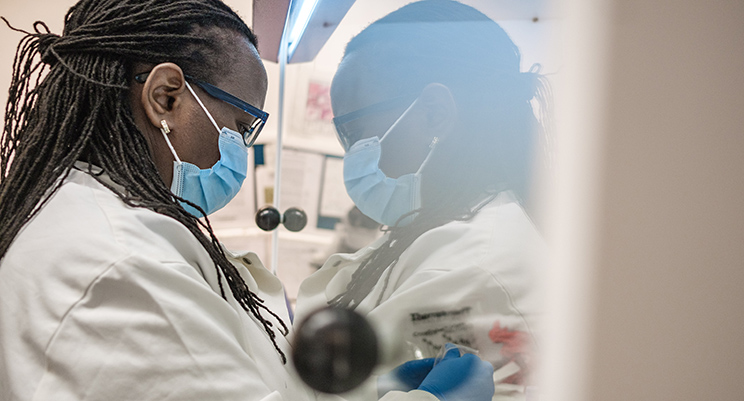Mapping silent viral threats across Africa

In 2022, Uganda confronted an alarming outbreak of Marburg virus disease (MARV). Two individuals in the southwest developed high fever, vomiting, and bleeding—symptoms typical of MARV, one of the world’s most lethal viruses. Within weeks, health workers in protective gear traced contacts, isolated patients, and reassured anxious communities. While the outbreak was swiftly contained, it highlighted how easily a single case can escalate into an epidemic.
The real challenge lies in detection: Marburg and other viral hemorrhagic fevers are dangerous not only because of their severity but because their early symptoms resemble those of common illnesses like malaria or typhoid. This similarity means that cases are often misdiagnosed or overlooked. As a result, transmission chains may continue unnoticed until a serious case appears or a death occurs, as seen in Uganda.
Research shows that many people in several African countries have antibodies to viruses like Ebola, Marburg, dengue, and yellow fever. Antibodies are proteins the body creates in response to infection, often remaining in the blood long after recovery. Seroprevalence studies, which test for these antibodies, enable scientists to determine if communities have been exposed to a virus—even when no official outbreak has been recorded.
The SeroMarv Africa study
Researchers from across Africa, coordinated by a Ghanaian team, are collaborating through the ALERRT Consortium’s SeroMarv Africa Study to map historical exposure to some of the world’s most dangerous viruses.
The study is enrolling participants in Cameroon, Guinea, and Uganda, aiming to test for antibodies to multiple high-risk pathogens, including Ebola viruses, mpox, Zika virus, dengue virus, and yellow fever virus.
“What we are doing is shedding light on outbreaks we might have missed,” says Dr John Amuasi, ALERRT co-lead. “The knowledge we obtain from such studies helps us better understand risks and anticipate future outbreaks, enabling us to implement effective mitigation measures.”
Collaboration across borders
Conducting a study of this scale across three countries requires careful planning, coordination, and trust. The Kumasi Centre for Collaborative Research (KCCR) in Ghana leads the study, working closely with partners in Cameroon, Guinea, and Uganda. This approach balances central guidance with local autonomy, allowing each site to adapt the project to its specific cultural and operational context.
Dr Anthony Afum Adjei-Awuah, the SeroMarv Africa Study Coordinator, notes, “The strength of this project lies in collaboration. Each country brings unique expertise and local knowledge. By aligning our efforts and sharing lessons in real time, we’re not only collecting valuable data but also helping build the systems Africa needs to stay ahead of future outbreaks.”
To start, study teams trained staff, customised protocols, and secured ethical approvals in each country. With regular meetings, an interactive recruitment dashboard, and dedicated data management support, the study ensures smooth progress and high-quality outcomes.
By providing key insights into exposure and risk for high-priority pathogens, the study’s findings will enhance surveillance, inform response strategies, and create a platform for future seroprevalence research on WHO-priority diseases.
